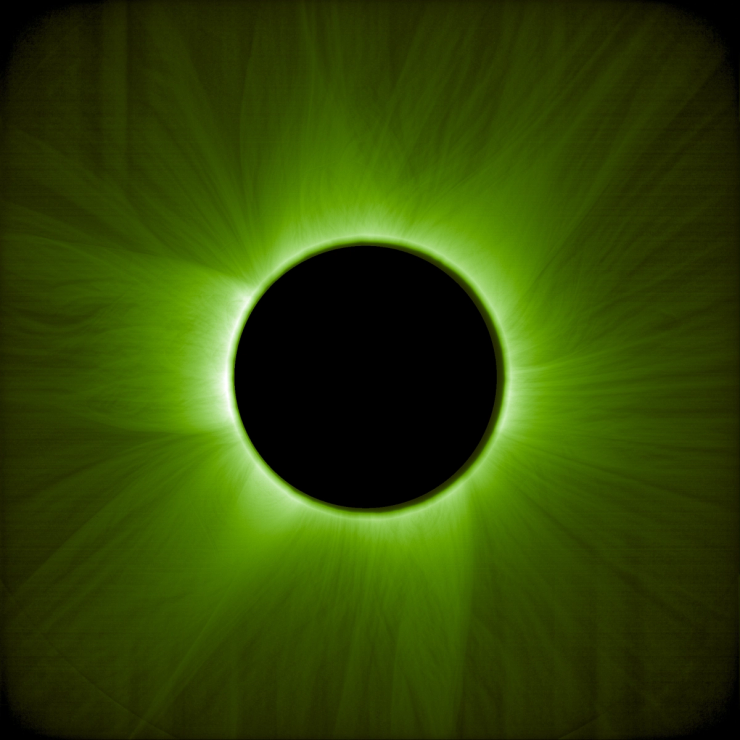The European Space Agency released images of the first-ever artificial solar eclipse.
The two satellites of the Proba-3 mission orbit 150 meters (450 feet) apart; one has a large disc which blocks the sun, while the other has sensitive cameras and scientific instruments.
The pair must maintain their distance and alignment with millimeter precision for the “eclipse” to work. They did so for several hours in March, taking images of the sun’s corona — its superheated atmosphere, rising into millions of degrees — from which solar winds and storms emerge.
“Coronal mass ejections” can be devastating; one such event wrecked 40 Starlink satellites in February 2022 and as space becomes more commercially important, understanding and predicting them will be vital.


